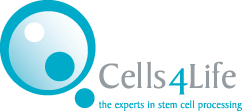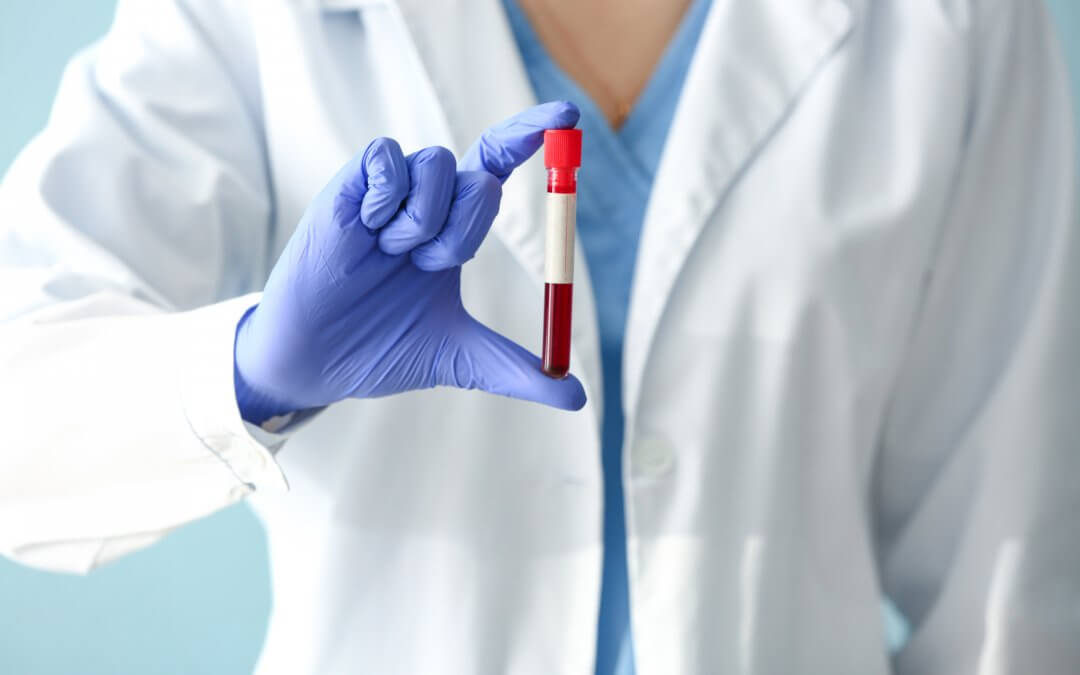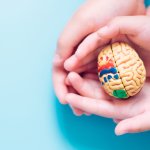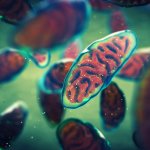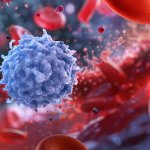Gunner’s Story
At just 17 months old, Gunner was diagnosed with mucopolysaccharidosis type I Hurler syndrome, a rare genetic disorder affecting the body’s ability to break down sugars. His family were told that without a transplant he would have only a year or two to live.
After undergoing a failed transplant using stem cells from a donor in Germany, Gunner and his family desperately sought another solution.
Remarkably, stem cells donated to NHS Blood and Transplant in 2008 were found to be a match for Gunner. Derived from umbilical cord blood, these cells had been cryogenically stored in liquid nitrogen for 15 years, ready and waiting to be used in a life-changing transplant.
In January, Gunner received the stem cell transplant, which aimed to provide him with the ability to produce the enzyme he lacked in order to break down sugars.
When the body is unable to break down sugars, these build up in what’s known as lysosomes, parts of the cell responsible for waste management. [4]
The toxic buildup of waste molecules in lysosomes can have dramatic effects, leading to the cells either dying or not being able to function properly. This in turn causes severe symptoms, including problems with the heart, hearing loss, enlarged organs, respiratory problems and hernias.
Due to the nature of the transplant, Gunner was forced to isolate for six months in order to avoid infection while his new white blood cells (derived from the cord blood stem cell transplant) were given the chance to propagate.
Six months on and Gunner is reportedly enjoying the summer months with his big sister Daisy, going to the park, feeding the ducks, and getting back to being a five-year-old boy.
Gunner’s family are elated to see his new lease of life and are helping to raise awareness of the importance of stem cell donation and the power of cord blood stem cells to change lives.
Cord blood banking and the importance of a match
Gunner’s story highlights the importance of being able to access a stem cell donor match.
Gunner was fortunate enough to find a match with umbilical cord blood stem cells that had been donated through NHS Blood and Transplant.
Storing your baby’s stem cells privately however, gives them access not only to their own perfectly matched stem cells, but also a 75% chance that they may be usable by a sibling.
As the field of regenerative medicine continues to advance, huge strides are being made in autologous stem cell treatments for genetic disorders. Autologous stem cell treatments are ones where a patient’s own stem cells are used.
Gene editing technologies like CRISPR offer huge potential in the development of autologous stem cell therapies for inherited conditions currently requiring transplants. [5]
In November last year we reported on a new autologous therapy approved by the UK regulator for sickle cell disease and beta thalassemia.
Previously only treatable with a stem cell transplant from a donor, these two inherited diseases were found to be curable with stem cells taken from patients which were then edited to have the faulty, disease-causing genes removed. [6]
There are many therapies currently in development to treat inherited diseases with autologous stem cells, diseases ranging from immunodeficiencies to blood disorders and metabolic disorders. [7]
By saving your baby’s own stem cells, you could give them a better chance of accessing these therapies should they ever need one in future.
To find out more about how cord blood banking could safeguard your baby’s health, fill out your details below for a free Welcome Pack.
References
FIND OUT MORE, REQUEST YOUR WELCOME PACK TODAY
All you need to know to make an informed decision.
Provide your contact details to request:
– Complete Welcome Pack and Parent’s Guide
– Information via email
– Contact from our specialist advisors
